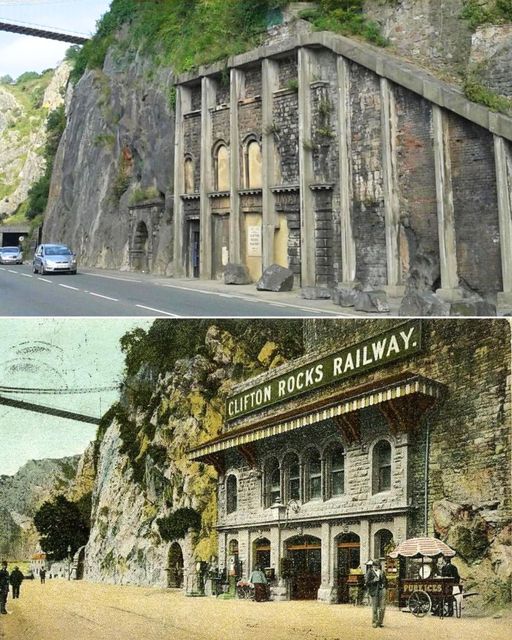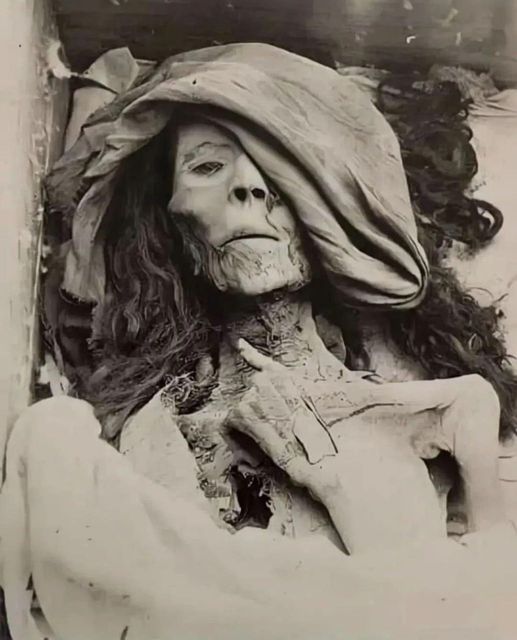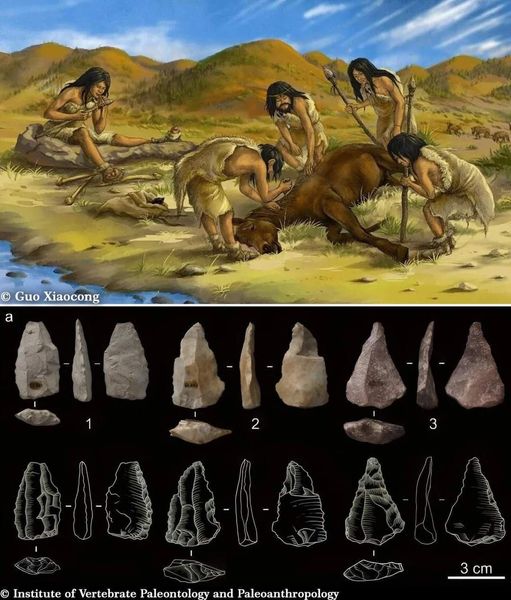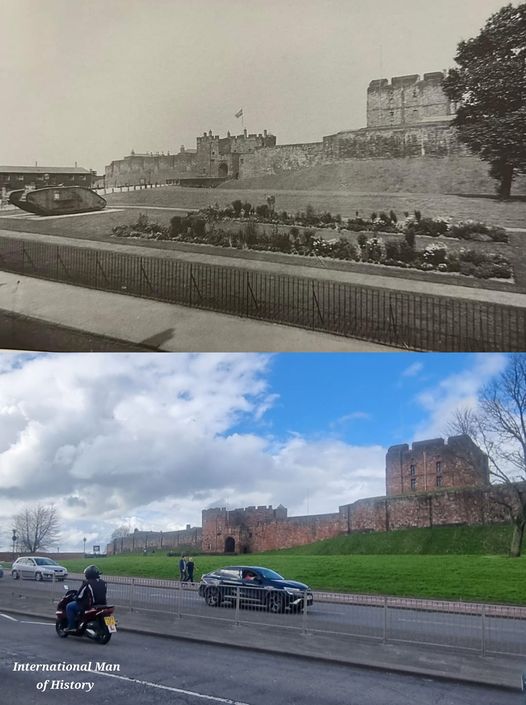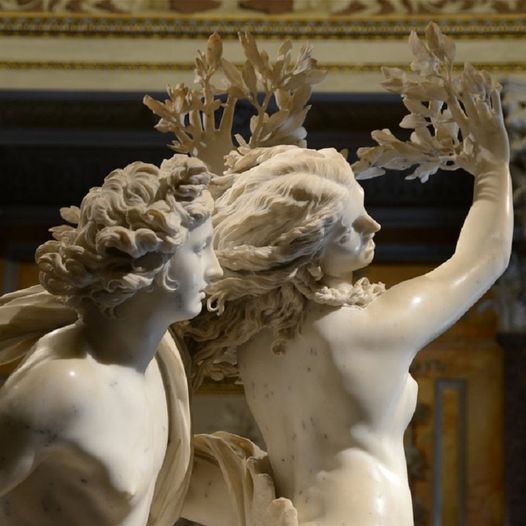In the depths of Florida's Windover pond lies an extraordinary archaeological discovery—168 ancient individuals dating back an astounding 8000 years. These are the Windover Bog Bodies, a collection of remarkably preserved human remains that have captivated scientists and historians alike. What makes this site truly remarkable is the pristine condition of the bodies, thanks to the unique preservation properties of the peat at the bottom of the pond. Join us as we delve into the mysteries of the Windover Bog Bodies and their profound significance in understanding the Archaic period of North America.

A Remarkable Preservation: The Windover Bog Bodies owe their exceptional state of preservation to the peat at the bottom of the Windover pond. The acidic and anaerobic conditions of the peat acted as a natural preservative, safeguarding not only bones but also soft tissues, skin, and even brain matter. This remarkable level of preservation is virtually unparalleled in archaeological finds of this age, allowing researchers to extract and analyze brain tissue from many of the skulls. The Windover site represents a rare glimpse into the past, providing insights into ancient lifeways and anatomical details that would otherwise be lost to time.

Insights from DNA Sequencing: One of the most groundbreaking aspects of the Windover discovery is the successful sequencing of DNA from the brain tissue of these ancient individuals. This achievement has revolutionized our understanding of prehistoric populations in North America. DNA analysis has revealed genetic affinities, migration patterns, and kinship among the Windover Bog Bodies, shedding light on the population dynamics of the Archaic period. The wealth of information gleaned from this genetic data has cemented Windover as one of the most important archaeological sites in North America.

Unraveling Ancient Mysteries: The excavation of the Windover Bog Bodies has sparked a flurry of scientific inquiry and speculation. Who were these individuals? How did they live? What were their beliefs and customs? These questions drive archaeological research forward, piecing together the puzzle of ancient societies in Florida. Artifacts recovered from the site, including tools, pottery, and plant remains, offer clues to the daily lives and cultural practices of the Windover people. Through interdisciplinary collaboration and cutting-edge techniques, researchers continue to unravel the mysteries surrounding this remarkable archaeological site.
The Significance of Archaeology: The Windover Bog Bodies epitomize the profound impact of archaeological research in illuminating the past and informing the present. By studying ancient human remains and artifacts, archaeologists not only reconstruct past civilizations but also contribute to our understanding of human evolution, migration, and adaptation. The preservation of sites like Windover is paramount, as they offer windows into worlds long gone. As we reflect on the discoveries made at Windover, we are reminded of the importance of preserving our archaeological heritage and honoring the legacy of those who came before us.
Conclusion: The Windover Bog Bodies represent a testament to the resilience and ingenuity of ancient peoples in North America. Through the exceptional preservation of their remains, we gain unprecedented insights into the lives and cultures of the Archaic period. As the field of archaeology continues to advance, fueled by discoveries like those at Windover, we embark on a journey of discovery that spans millennia. May the lessons learned from the Windover Bog Bodies inspire future generations to explore, protect, and cherish our shared archaeological heritage. Archaeology is not just about uncovering artifacts—it is about unraveling the human story, connecting us to our past, and shaping our understanding of the world.






